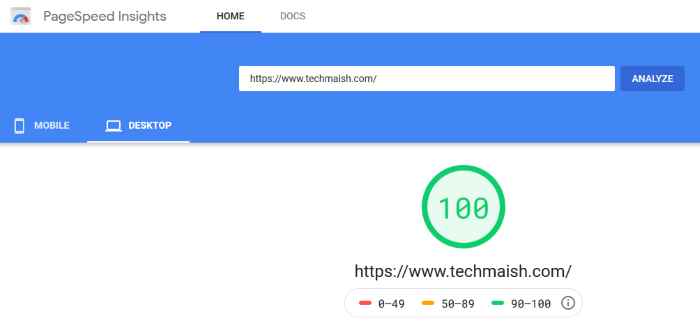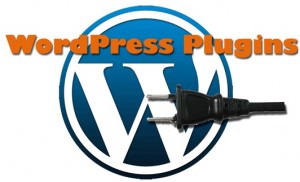Bring Your WordPress Blog Google PageSpeed Insight Score to 100 – Core Web Vitals Update
Every year Google launches Ranking updates that are aim to improve user experience. In the year 2021 the focus is on Core Web Vitals which aims to rank blogs, sites and pages that are compliant to the Google PageSpeed Insight scores. The ideal score for Mobile and Desktop is between 90 to 100.
If you have not achieved 90-100 scores than now is the time to bring your Google PageSpeed Insight scores to 90+. In this blogpost, I am going to guide you on the steps you need to take to bring your WordPress Blog to the recommended PageSpeed Insight and Core Web Vitals scores.
By the way, I am not a coder or developer but a blogger with 12 years of experience. So I will share the steps I have taken to bring my blog scores to 90-100. The following are the steps you need to follow to achieve it.

1. Change your Web Host
The first thing you need is to switch your webhosting. Specially if you are on a shared hosting then you should look for a wordpress friendly VPS Hosting. I am using Cloudways for managing my DigitalOcean server which is super fast. If you know coding, languages then you should directly signup with DigitalOcean, otherwise you can purchase through Cloudways. They will manage the server for you so that you don’t have to go through the technical stuff.
If VPS is not in your budget then try hosting with a reliable webhosting like HostGator, BlueHost, Hostinger etc. Your server is going to be the first source effecting your Google PageSpeed Insight score. If the server is slow then you will get “Initial server response time was short” on the PageSpeed Insight tool.
2. Change your Theme
The second important factor effecting PageSpeed Insight Scores is the theme. A poorly designed theme will have negative effect on user experience and Core Web Vitals basic recommendations. Try using a light and clean theme. I recommend Thesis themes as they are mostly designed by professional coders and have all the recommended designing practice followed.
3. Install Caching Plugin
The 3rd most important step is to install a reliable Caching Plugin. I recommend the following plugins to be installed in your blog.
These two will do all the basic optimization required to meet with the recommendations of Core Web Vitals. You can follow the Settings for W3 Total Cache recommended by Kinsta.com.
For Autoptimze, follow the settings recommended by Kinsta.com.
4. Use a CDN
A CDN will add more speed and improve your scores on Google PageSpeed Insight tool. You can use any reliable CDN to host your images and files to save bandwidth and server cache version of your static files on the servers hosted by CDN provider. It will serve your files from the closes server of your traffic, thus improving the loading time. WPBegginer.com has written a very detail article on this.
5. Load your Google Ads on User Interaction
One of the main reason for low PageSpeed Scores are Google Adsense Ads. They mostly effect the speed to the greater extent. In order to tackle this, you need to load your Google Ads on interaction. Gijo Varghese has developed a great plugin that can help you achieve this. Download Flying Scripts and install on your blog. Add AdsbyGogle to the list and check your scores again. You will see great improvement in your PageSpeed Insight Scores.
If Google Analytics is also one of the main cause, then I recommend to Install Flying Analytics on your blog. This will locally host the Google Analytics and improve the scores for you.
I hope, these tips will improve your scores to 90-100. However, if you are still getting any recommendations on the Google PageSpeed Insight tool, then drop me a comment here.



